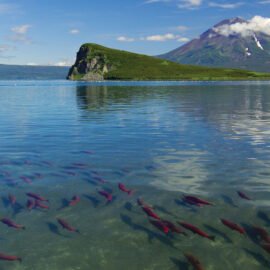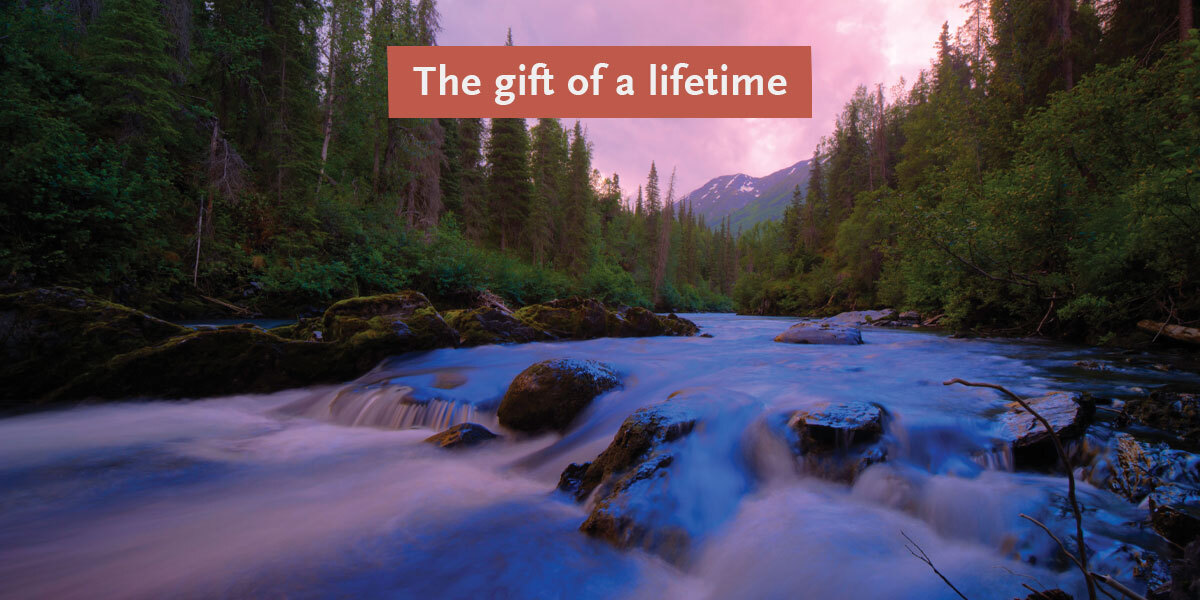Protecting the best: Proactive conservation
Billions of taxpayer dollars have been spent on salmon restoration efforts in the United States and Canada, yet few success stories have emerged. Many of these efforts aim to recover endangered salmon populations in systems already degraded by development, harmful resource extraction, and other threats to wild fish.
Wild Salmon Center’s stronghold strategy aims to complement, rather than replace, these important efforts. But our approach is uniquely proactive: we work to protect salmon “strongholds” before they slide into decline.
What are salmon strongholds?
Salmon strongholds are a select group of salmon, steelhead, and trout systems that collectively comprise 119 distinct watersheds. Strongholds are distinguished by their relatively high levels of wild salmon abundance, productivity and diversity, along with habitat quality capable of sustaining wild salmon for decades. They include vast and stunning places like Bristol Bay, Alaska, and the Skeena and Dean watersheds in British Columbia.

What is the stronghold strategy?
For every designated stronghold system, our strategy’s long-term success rests on achieving three pillars of durability:
- Layered habitat protection and restoration. Each stronghold needs policies that can protect land and water through shifts in politics and economic pressure.
- A fisheries management emphasis on wild fish biodiversity. The rich genetic and life history diversity of salmon is the species’ superpower, enabling them to survive ice ages, floods, and dramatic climate changes.
- A culture of local stewardship. The enduring presence of local land and water guardians builds what WSC President and CEO Guido Rahr often calls a human “immune response”—community members who stand ready to defend a stronghold from threats.
Impact of the stronghold strategy
A peer-reviewed 2025 study in the journal Fisheries provides multiple case studies on the stronghold strategy’s impact since its conception. In Oregon, following the WSC-led strategic expansion of coastal “wild fish zones” to ensure greater biodiversity, NOAA Fisheries noted an increase in coho salmon population diversity. Another case study tracks the 2006 designation of Russia’s Kol watershed as the first World Heritage Site dedicated to salmon, as led by WSC and a coalition of Russian partners. The Kol’s whole-watershed protections became permanent in 2015, and have inspired the creation of nine additional large-scale protected areas for wild salmon across the Russian Far East.
Over the last three decades, Wild Salmon Center and a network of partners have protected 35.7 million acres of overall habitat and prioritized wild fish biodiversity in 89 rivers across the North Pacific.
The stronghold strategy’s three pillars frame our work across the North Pacific. But at the watershed level, the strategy’s application reflects the unique needs of each stronghold: from thriving northern systems like Bristol Bay, to more challenged systems like those in California.




